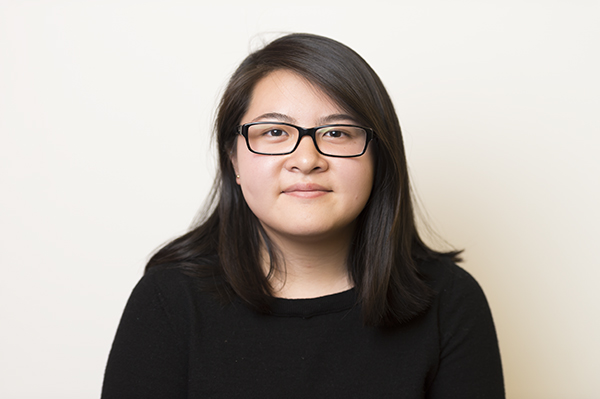Canadian parliamentary diversity is a model to follow

November 30, 2015
Party earlier this year, Canadian Prime Minister Justin Trudeau has made a point of building an executive cabinet that “looks like Canada.” Trudeau’s efforts have created the most diverse cabinet in Canadian history with several members of color, younger officials aged 35 to 50 and a mix of political veterans and newcomers. Trudeau also followed through on a campaign promise to ensure that half of the cabinet would be made up of women. When asked about why he felt these choices were pertinent, answered answered simply, “Because it’s 2015.” At first glance, Canada’s progress seems impressively out of reach by United States standards. However, this cynical way of thinking is unnecessary, because Canada has shown that it is important to include representation in government. Moreover, Canada has shown that achieving a diverse government is not a difficult task at all.
In the United States, significant representation in politics is almost like a pipe dream for many minority groups. Congress, for instance, is often seen as the ultimate bastion of the wealthy, white, male elite. In recent years, Congress has made progress as voters have elected more minority members to its ranks. Unfortunately, the sad reality is that the standards for diversity are disturbingly low. Women make up 20 percent of representatives in the current Congress. In the House, 20.2 percent of representatives were people of color, while they made up only 6 percent of the Senate.
Representation in all public channels, whether it is in movies or on the news, is crucial in multicultural nations like the United States or Canada. This concept is especially important in politics, since the political system has the biggest influence on the everyday living conditions of minority groups. In some cases, the inclusion of different minority groups and their perspectives in the legislative process can change the style of the procedure drastically. For example, studies have shown that female legislators more often support progressive policies regarding the environment, the economy and the social safety net. Both conservative and liberal women introduce more legislation on education, civil rights and labor than their male counterparts.
With the upcoming U.S. general election, Americans have a responsibility to turn out on Nov. 3 and elect the diverse government so many of us seem to want. Without voters applying pressure to change, the upper levels of government will stubbornly remain the modern version of the Old Boys Club. Trudeau told reporters “Canadians from all across this country sent a message that it is time for real change.” Perhaps it is time for Americans to look to their northern neighbors and follow the excellent example they have set.
A version of this article appeared in the Monday, Nov. 30 print edition. Email Emily Fong at [email protected].
Opinions expressed on the editorial pages are not necessarily those of WSN, and our publication of opinions is not an endorsement of them.


























































































































































